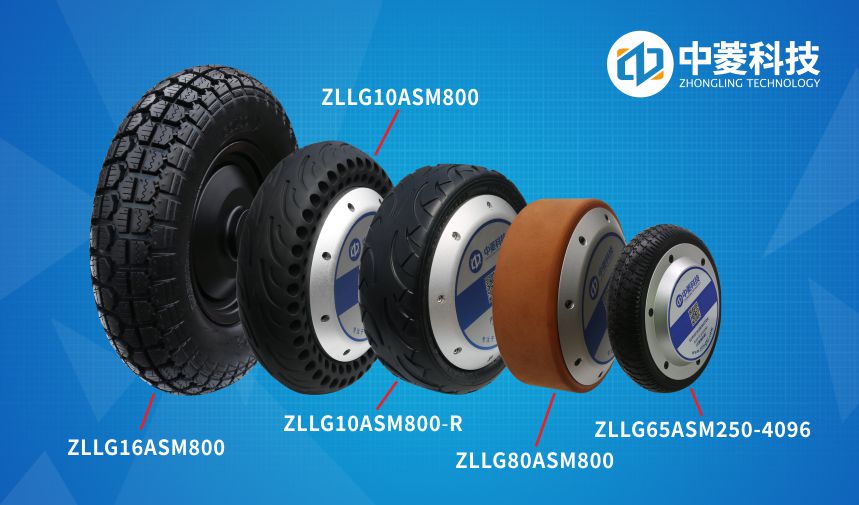The principle of a motor encoder is to convert mechanical motion (such as rotation) into electrical signals and provide precise angle and position feedback, thereby more accurately controlling the motor output. Most motor encoders are implemented using principles such as optoelectronics and magnetoelectricity. For example, a photoelectric encoder consists of two parts: a transmitter and a receiver. The transmitter emits a beam of light to the photoelectric detector. When the rotating encoding disk blocks the light, the detector will receive different photosensitive signals to identify the position and speed of the rotor. Similarly, a magnetoelectric encoder uses changes in the magnetic field to detect the position of the rotor. It usually consists of magnetic encoding discs, Hall sensors, and signal processing circuits. The magnetic encoding disk is equipped with magnetic poles. When the disk rotates, the position of the magnetic pole’s changes. After detection, information such as rotor position and speed can be obtained. In summary, encoders utilize the mutual conversion relationship between mechanical motion and electrical signals to achieve precise control of motors. Most motor encoders are implemented using principles such as optoelectronics and magnetoelectricity, and are commonly used in industrial automation, aerospace, robotics, and other fields.
Motor Hall sensor is a sensor that utilizes magnetic field sensing elements to achieve position and speed detection. When the Hall sensor passes through the north and south magnetic poles, its output signal will show high and low level changes. When the Hall sensor is placed according to the stator commutation edge, when the stator commutation occurs, the output level of the Hall sensor changes, thereby detecting the commutation of the stator. In motors, Hall sensors are typically used in conjunction with encoders to monitor the position and speed of the motor rotor. Due to its ability to detect the diversity of physical quantities, Hall sensors have been widely used in industrial automation, aerospace, robotics, and other fields. Hall sensors have the advantages of stability and high accuracy due to their solid-state device characteristics, but they also have disadvantages such as low sensitivity, easy interference, and temperature parameter influence.
The Hall and encoder inside the hub motor are both sensors used to sense information such as rotor angle and speed, but their functions are different. The Hall sensor embedded in the hub motor is mainly used to measure motor speed and steering, so that the electronic control system provides appropriate power output to ensure safe and smooth driving of the vehicle. An encoder is a device that converts angle or linear displacement into electrical signals that can be used for communication, transmission, and storage. Encoders convert mechanical motion (such as hub motor rotation) into electrical signals, which can provide more accurate angle and position feedback, thereby more accurately controlling motor output and improving vehicle performance and efficiency. Therefore, the encoder embedded in the hub motor is more accurate and sensitive than the Hall sensor.
Shenzhen Zhongling Technology is a company dedicated to industrial automation of motors and drives for a long time. In the hub motors with built-in high-precision encoders and Hall sensors, it has launched multiple products with complete sizes. Its products have also been recognized and trusted by customers worldwide, and have always adhered to the concept of continuous innovation to bring the best products to customers, with a complete research and development sales system, provide customers with the best purchasing experience。
Post time: May-10-2023

